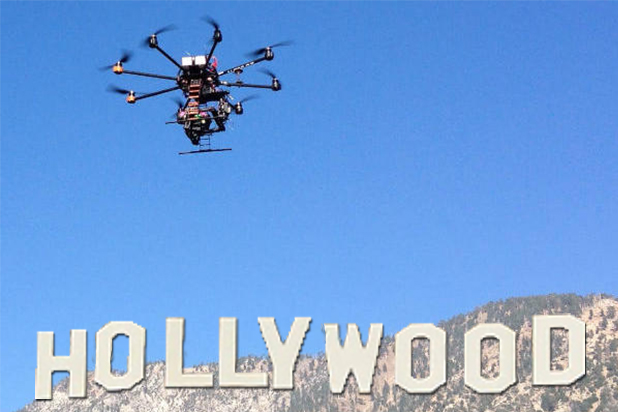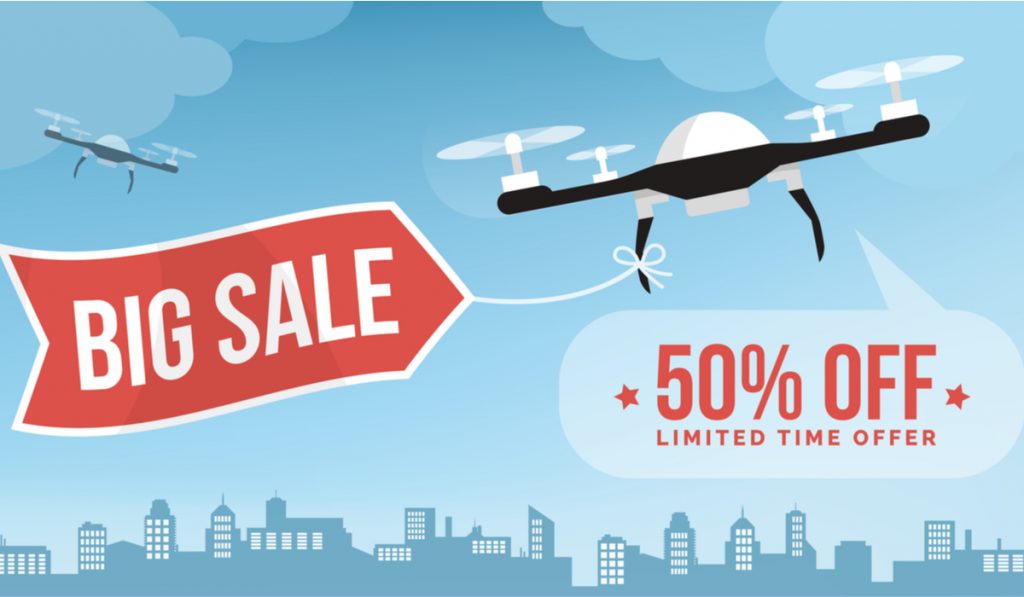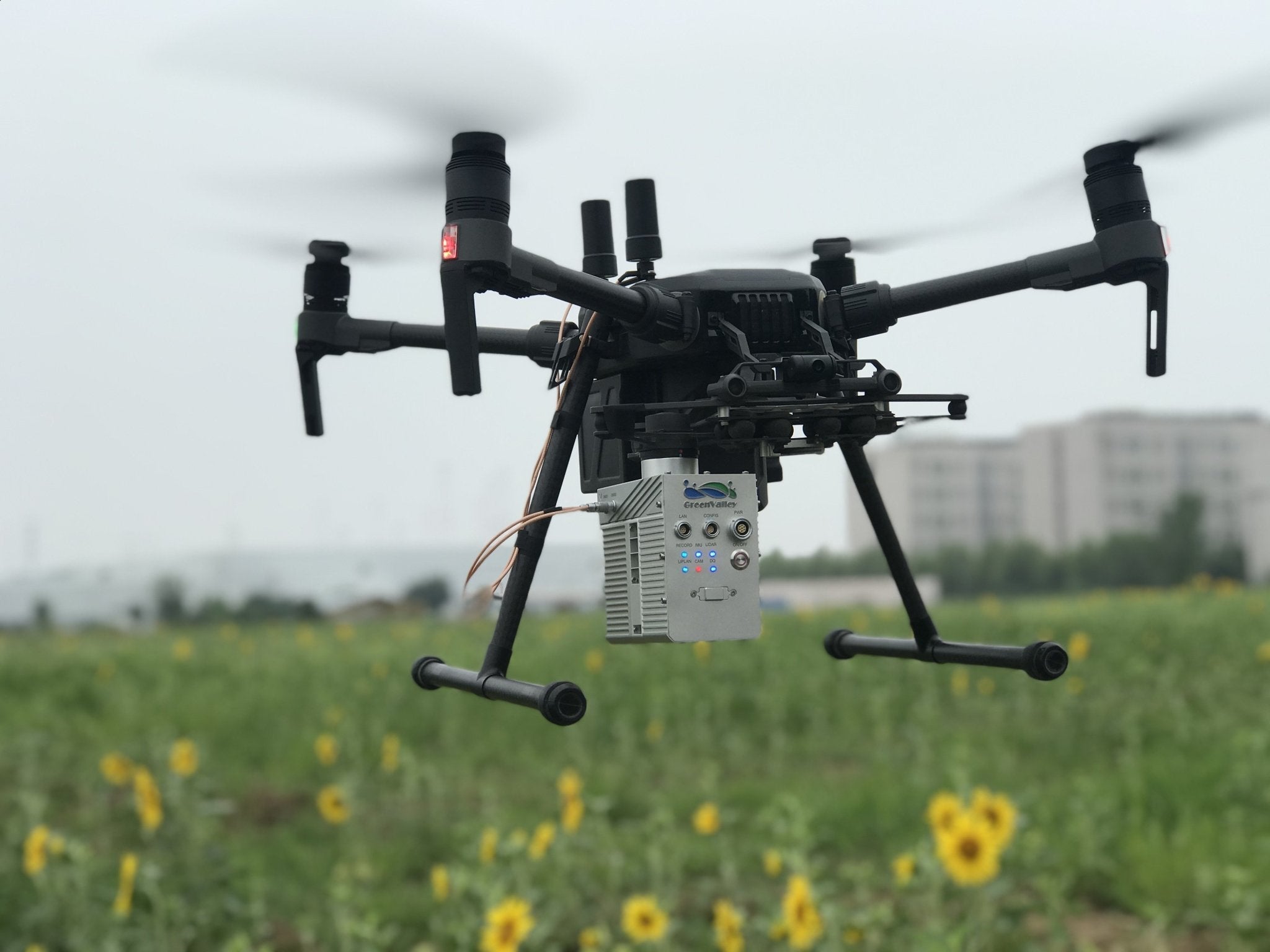
Iceland has approximately twenty-four hours daylight per year, so flying a drone in Iceland is easy. It is possible to fly your drone in amazing places at any hour of the day or evening. There are also few people available late at night and early in morning. There are some important rules to follow when flying a drone in Iceland. You can learn more about safely flying a drone around Iceland by reading the following article. Make sure to get drone insurance.
Icelandic drone flying locations
Iceland offers a number of great locations to fly your drone. Vik is a popular tourist spot and offers great places to fly your drone. The stunning landscape of the eastern part of the town is found between Kerlingardalur village and Kerlingardalur lake. It features black sand beaches as well rivers and waterfalls. One drawback of flying in this part of the country is that there are birds to be aware of, including Fulmars, Sterna, and Oystercatchers.
Drones aren’t permitted to fly near airports, public buildings or other structures. They must also be within sight at all times. Commercial drones should also be registered. This means that you must give personal and drone data and also mark it with a full-name. Finally, you will need to keep track of all flight data. To legally operate drones in Iceland, citizens must be present.
Regulations for flying a drone in Iceland
The Icelandic Transport Authority regulates drone flying in Iceland. You may need to apply for an exemption if you are not allowed to fly a drone in certain areas. You can make sure you're not violating any laws by checking ahead of time if any areas are prohibited. There are regulations that drones can be used in certain National Parks. It is important to understand these rules before you start shooting.

Drones may not be flown within 50m of buildings and sites. The drone's owner is responsible for any damage caused to property or persons. Drone pilots must also avoid flying in close proximity to other vehicles, ships, and air traffic. The drone operators should avoid flying near wildlife or other aircraft in heavily populated areas.
Icelandic birds attack drones
Iceland is a country that has many birds that can attack drones. If you have been there, you are familiar with their capabilities. Birds are territorial and will dive at intruders dropping bombs. This bird can be especially dangerous in summer when they are most active. The Snaefelsness island in West Iceland has stunning beaches and mountains as well charming villages. An Icelandic youth recorded the attack of a tern on his drone in one incident.
Most drone attacks are accidental. Drone operators have some options to protect their drones from being attacked by birds. When birds attack drones, some drone operators suggest that they fly higher. This motion is unnatural for predatory birds, so they may not recognize your drone as prey and attack in the same way. This could not only be dangerous for your drone but also cause serious damage to your aircraft.
Take safety precautions when flying a drone around Iceland
You should take safety precautions before you take off and fly your drone over Iceland. Iceland's weather can be unpredictable so it is important that you are prepared for anything. Be sure to check the weather before taking off and always return to a location near your departure point if the weather becomes too rough. If your drone is flying above populated areas, it's best to land quickly and avoid windy or stormy weather conditions.

The ITA (the country's safety agency for drones) provides online details. These are just a few of the most important facts to remember about drone safety. You need to first confirm the geofencing zones within your chosen area. You must also avoid interfering in air traffic. Flying your drone over buildings should be kept at least fifty meters. You should also avoid flying your drone over densely populated areas. If you plan to fly more than 25kg, it is best to get insurance.
FAQ
Are drones allowed to be used at public events
If you observe the rules, then you can fly a drone wherever you want. However, if you plan to fly your drone during a public event such as a parade, festival, or concert, you will need approval from the event organizers.
Can I fly my drone indoors without a license?
Yes, you can fly your drone indoors. It is important to make sure there are no hazards or obstacles in your home. Avoid flying near heating vents, heating vents and air conditioning units.
Is drone regulation regulated by the FAA
The FAA oversees all aspects of drone operations, including safety standards, certification requirements, and licensing procedures.
Is it illegal to fly a drone?
Yes, it is illegal to fly drones in some countries like Australia, Canada and New Zealand. It is legal in countries such as France, Italy Netherlands, Poland and Russia.
Is it necessary to have special training in order to fly a drone
No, you don’t have to learn any special skills in order for your drone to fly. All you need is a remote control unit and some basic knowledge of flight mechanics.
Where Are Drones Banned?
The FAA has prohibited drones from flying close to airports or stadiums, sporting events and nuclear power plants. They are allowed to fly at night by using GPS technology.
Statistics
- According to industry research from ZipRecruiter , there are 10 cities where the typical salary for a Drone Pilot job is above the national average. (dronesgator.com)
- According to the multiple listing service (MLS), houses and apartments with drone photographs are up to 68 percent more likely to sell than those without pictures. (thedroneu.com)
- With the top 10% making over $100/h and the bottom 10% making as low as $10/h. (dronesgator.com)
External Links
How To
How to Fly Drones at a Beginning Level
A drone is a remote-controlled aircraft used for aerial photography, cinematography, surveillance, scientific research, and hobby purposes. Drones have been in use since World War II. DJI's Phantom series quadcopters were first commercially available in 2010. There have been many types of drones since then, including beginner-friendly drones like the Parrot AR Drone 2.0 and professional-grade multi-rotor crafts like the DJI Mavic Pro.
There are many options for flying a drone.
-
Remote control - This method uses a control device attached to your hand, which enables you to steer the drone through its flight path. There are two types of controllers available: joysticks and on/off switches.
-
Manual Control - This method uses a smartphone app to remotely control the drone using GPS coordinates. You will need to keep track of where the drone is going and follow the directions from the app.
-
Autonomous Flight – This is when the drone handles all the piloting tasks. It basically flies autonomously without any human intervention. For the autonomous flight to occur, the drone must have a built-in camera and sensors capable of capturing images and data.
-
Triggered Flight: This is similar in concept to manual control. The pilot manually creates a route and the drone then follows it until it reaches that endpoint. Once the programmed route is completed, the drone lands automatically and returns back to the base.
-
Landing Gear - Some drones come equipped with landing gear that allows them to land safely if they lose power or run out of battery during flight.
-
Goggles: Some pilots use goggles in order to protect themselves against debris when operating.
-
Camera - You can capture photos and videos with your drone from the air.
-
Obstacles: Some drones are equipped with obstacle avoidance systems to prevent them from hitting obstacles.
-
Speed - Some drones reach speeds exceeding 40 mph.
-
Battery Life - Most drones are capable of lasting between 20 minutes and three hours, depending on the power that you use.
-
Range - Some drones can travel upto 30 miles depending on their models.
-
Power source: Some drones will require an external power source while others can be powered by internal batteries.
-
Weight - Some drones are lighter than others, while some models can weigh as much as 4 pounds.
-
Size - From small drones that can be carried in the palm of one's hand to larger drones that weigh over 50 pounds, drones come in a variety of sizes.
-
Price - Drones come in a variety of price categories, including high-end models which can run into the thousands and low-cost options that can start at $100.